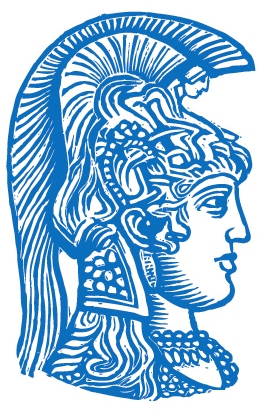 National and Kapodistrian University of Athens
Department of Biology
Biophysics & Bioinformatics Laboratory
National and Kapodistrian University of Athens
Department of Biology
Biophysics & Bioinformatics Laboratory
Protein Information |
|
|---|---|
| Protein Name | Transmembrane protein 33 |
| Accession Code | Q9CR67 |
| Gene | Tmem33 |
| Organism | Mus musculus | House mouse (Taxonomy: 10090) |
| Part of Reference Proteome? | Yes |
| Sequence (Length: 247) |
Description |
Position in the Nuclear Envelope |
|
|---|---|---|
| Location | Location ID | Description |
| Nuclear Envelope | SL-0178 | The nuclear envelope is a membrane system which surrounds the nucleoplasm of eukaryotic cells. It is composed of the nuclear lamina, nuclear pore complexes and two nuclear membranes. The space between the two membranes is called the nuclear intermembrane space. | Membrane Topology |
| Topology | Source | Annotation Type |
| Transmembrane | UniProt | Sequence Analysis {ECO:0000255} | Assigned Ontology terms |
Description |
|
|---|---|
| Acts as a regulator of the tubular endoplasmic reticulum (ER) network by modulating intracellular calcium homeostasis. Mechanistically, stimulates PKD2 calcium-dependent activity (PubMed:31048699). Suppresses the RTN3/4-induced formation of the ER tubules. Positively regulates PERK-mediated and IRE1-mediated unfolded protein response signaling. Plays an essential role in VEGF-mediated release of Ca(2+) from ER stores during angiogenesis. Also plays a role in the modulation of innate immune signaling through the cGAS-STING pathway by interacting with RNF26. Participates in lipid metabolism by acting as a downstream effector of the pyruvate kinase/PKM. Forms a complex with RNF5 to facilitate polyubiquitination and subsequent degradation of SCAP on the ER membrane (By similarity). {By SimilarityUniProtKB:P57088, Experimental EvidencePubMed:31048699}. | Assigned Ontology terms |
Interactions with Nuclear Envelope proteins (1 interactors) |
|||
|---|---|---|---|
Interactions with other proteins (1 interactors) |
|||